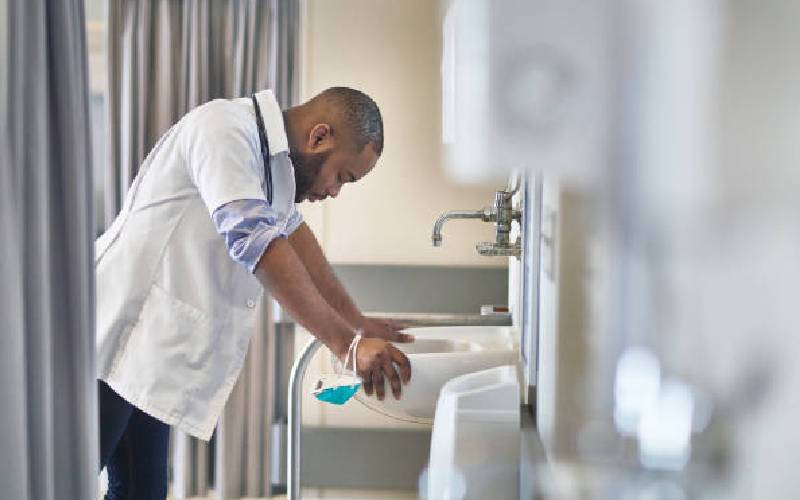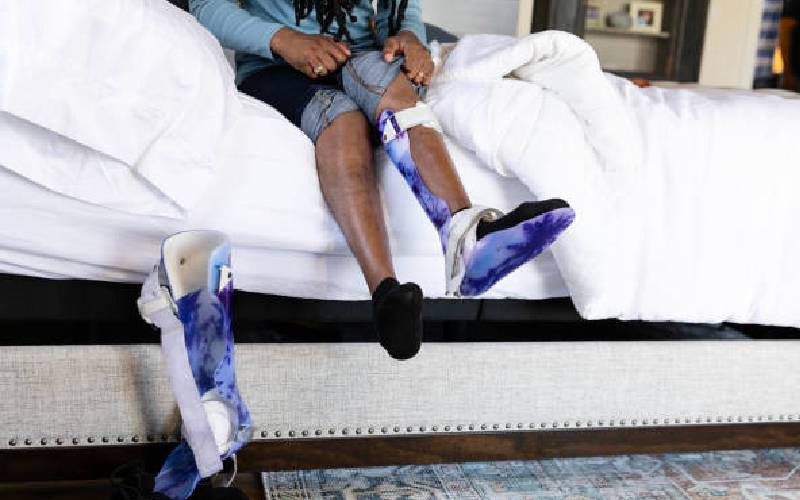
NAIROBI: Are you the kind who sits for long hours day-in and day-out? Well, you could be at risk of suffering from nerve tension.
A new study shows that eight in every 10 people suffer from nerve tension along the upper back, ranging from mild to very severe.
According to the study, six people in every 10 also experience nerve tension along the neck region and lower back on the same range. “This means that majority are suffering from multiple tension along the spine,” reads the report.
The research carried out in Nairobi indicated that upper back tension is more prevalent, followed by neck tension, lower back tension and sacrum respectively.
It showed that 39 per cent of people reported severe tension along the upper back, 35 per cent along the neck, 21 per cent in the lower back and 5 per cent in the sacrum.
COMPUTER USERS
The data was collected from about 600 respondents in Nairobi for the last six months, with 99 per cent of them carrying out their duties while seated using computers.
An infra-red thermal scan was performed to evaluate the nerve tension during the research.
Mary Kungu, the head of clinical operations at the Chiropractic and Physiotherapy Health Centre, noted that poor sitting posture, sitting for too long, lack of exercise, poor standing posture and the wrong footwear are some of the causes of the complication.
Ms Kungu pointed out that lack of early treatment leads to loss of muscle function, ultimately leading to deformity.
“This could lead to surgery and muscle recovery will not be optimal. Surgery is also very expensive and one will additionally have to foot the bill of post-operation physiotherapy,” she said.
Seeking postural and ergonomic counseling especially for the upper and lower back, work station ergonomics analysis and correction and regular exercise are recommended methods of treatment and prevention.
The health centre also advises workers to break their sitting posture, stand after every two hours and go for health check-ups every six months.
 The Standard Group Plc is a multi-media organization with investments in media platforms spanning newspaper print
operations, television, radio broadcasting, digital and online services. The Standard Group is recognized as a
leading multi-media house in Kenya with a key influence in matters of national and international interest.
The Standard Group Plc is a multi-media organization with investments in media platforms spanning newspaper print
operations, television, radio broadcasting, digital and online services. The Standard Group is recognized as a
leading multi-media house in Kenya with a key influence in matters of national and international interest.











